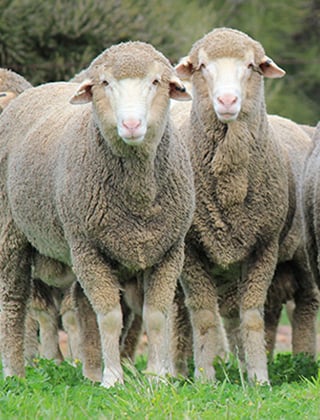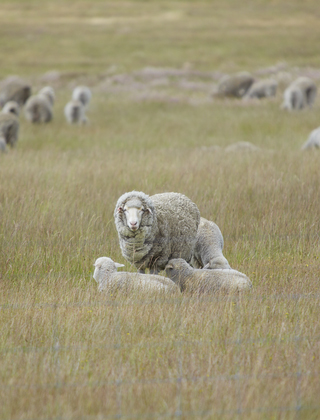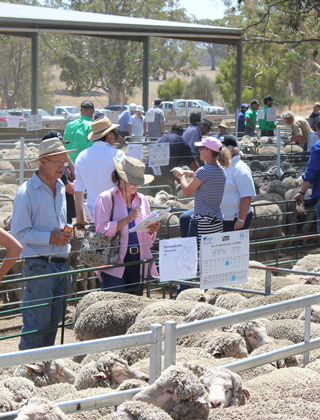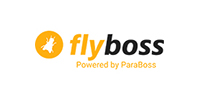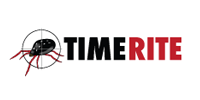AWI genomic investments
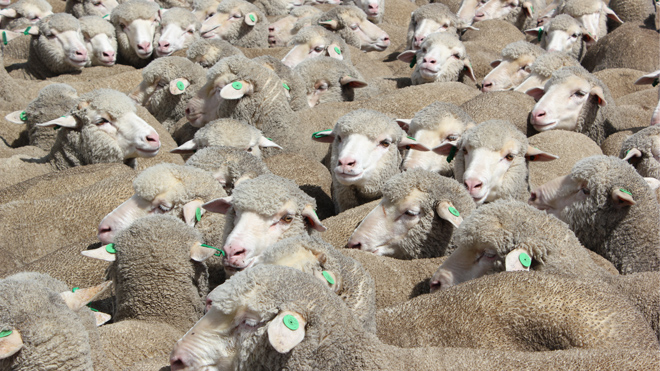
Genomics is playing an increasing role in new Merino R&D, investigating direct breech and body strike, genetic grouping strategies, impact of varying ages of maturity, conformation breeding values, footrot, methane, resilience, feed intake and feed efficiency.
AWI’s genomics investment began in 2004 with mapping the blowfly genome – targeting specific genes for chemical control and understanding resistance mechanisms. Soon after, AWI expanded R&D to include Merino genomics with MLA and the Sheep CRC, leading to major advances in the collection, analysis and practical application of the technology for sheep breeding.
The outcomes of investment in sheep breeding genomic projects are now being rapidly commercialised. AWI projects to date have focused on Merino pedigree, lifetime wool productivity, lifetime reproduction and flystrike. The Merino genomic projects have included the early Sheep Genomics Flock, Sheep CRC (SCRC1), MERINOSELECT, Merino Lifetime Productivity (MLP) project and Australian Merino Sire Evaluation Association (AMSEA).
There has been rapid industry adoption of genomics in Merino breeding.
Genomics is particularly beneficial during the early, pre-measurement stage for resolving pedigree challenges, varying influence between parental genetics (contribution is not always 50:50 for each trait), and for traits that are difficult, expensive or measured late in life (such as worm egg count, lifetime reproduction, and lifetime fleece productivity). Approximately 50% of recent ram breeder animals in MERINOSELECT have a 60K genomic test, with more than 600,000 genotyped animals contributing to the Merino genomic reference population.
Since 2022, the phenotypic (measured) and genomic (DNA) data from the MLP project has been accessible to woolgrowers through MERINOSELECT. The use of genomic and phenotype data in MERINOSELECT analysis has enhanced the accuracy of early mid parent ASBVs before the first direct assessment of each trait – see Figure 1. In doing so, it has decreased the volatility of early life ASBVs and improved sire progeny testing based on young data. The increased accuracy minimises risk and mistakes, with the small annual advantages accumulating progressively and creating greater genetic gain over time.
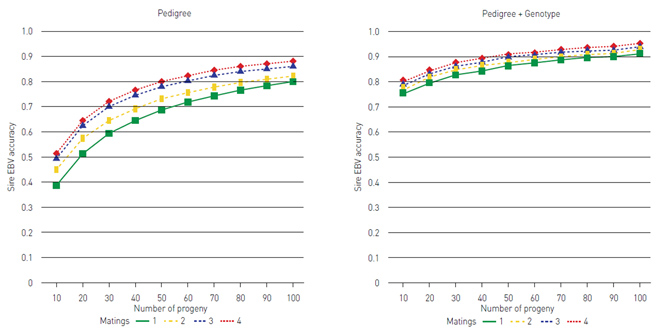
Figure 1. Graphs showing the increased sire EBV accuracy from using pedigree and genomics for the Merino Weaning Rate trait at various ewe progeny numbers and matings. Source: Animal Genetics Breeding Unit (AGBU)
The large number of well-phenotyped Merinos with genotypes has also meant that the benefits of genomics is being extended to breeders beyond those involved in MERINOSELECT.
MLA released Flock Profile in 2020 and has slowly added more traits to the report since then. Commercial breeders, whose ram source is well-linked to the Merino reference population, can take DNA samples from 20 random young ewes and receive benchmark information across a range of traits for their commercial flock. MLA also plans to release genotype assessments for individual Merinos by late 2025, making genomic technology accessible to the 50% of ram breeders not in MERINOSELECT.
The commercialisation of genomic technology relies on an ongoing reference population of current, well-phenotyped and -genotyped animals. This population provides the benchmark against which new young ‘discovery’ animals can be compared. The ‘Genomic Reference Population’ is broadly based and includes both commercial and research animals that contribute genotype and trait data – forming the foundation for accurate genomic breeding values (ASBVs/gBVs).
Feeding into this population are Genomics Reference Flocks – dedicated, structured R&D resource flocks established specifically to collect data on hard-to-measure traits such as meat quality, flystrike, and reproduction. These flocks capture high-value data that is difficult or costly to obtain from industry flocks. While they are expensive to run, the growing accessibility and commercial relevance of genomic tools is improving the prospects for wider funding and ongoing support.
Post-MLP, AMSEA continues to play a vital role in building the Merino reference population. Through its large-scale sire evaluations, AMSEA provides critical linkage to the genomic reference population for ram breeders and continues to collect whole-drop, two-year-old wool data on 5,000 progeny from 100 sires annually.
Looking ahead, AWI R&D is investing in the development of next-generation traits such as direct breech and body strike resistance, methane emission, feed intake, feed efficiency, resilience, and survival. Many of these traits are difficult and expensive to measure – but genomics is expected to be a key tool in making their evaluation more efficient and accessible across the industry.
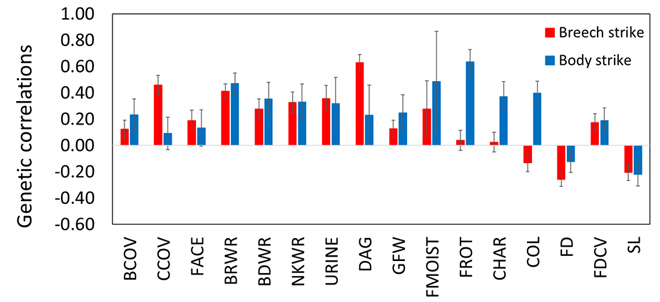
Figure 2. Graph showing preliminary analysis of genetic correlations of Merino flocks involved in an AWI pilot project genotyping and phenotyping animals with breech and body strike and an unstruck pair in the same management group. Analysis by AGBU.
(BCOV – Breech Cover; CCOV – Crutch Cover; FACE – Face Cover; BRWR – Breech Wrinkle; BDWR – Body Wrinkle; NKWR – Neck Wrinkle; URINE – Urine Stain; DAG – Dag; GFW – Hogget Greasy Fleece Weight; FMOIST – Faecal Moisture; FROT – Fleece Rot; CHAR – Wool Character; COL – Wool Colour; FD – Fibre Diameter; FDCV – Fibre Diameter Coefficient of Variation; SL – Staple Length)
Woolgrowers – get involved
- Ram breeders interested in getting involved in a project to generate breech and body strike Project Breeding Values (PBV), then Research Breeding Values (RBV), then Australian Sheep Breeding Value (ASBV) genomic breeding values should contact Ben Swain: ben.swain@bcsagribusiness.com.au
- Ram breeders interested in getting involved in a project on the Genetics of Feet Health (Footrot and Structure) should contact Amy Lockwood: amy@nextgenagri.com
- Commercial woolgrowers interested in Flock Profile should visit www.sheepgenetics.org.au/resources/genomics
More information: AWI Program Manager, Sheep Genetics & Animal Welfare Advocacy, Geoff Lindon, geoff.lindon@wool.com
This article appeared in the Winter 2025 edition of AWI’s Beyond the Bale magazine that was published in June 2025. Reproduction of the article is encouraged.






